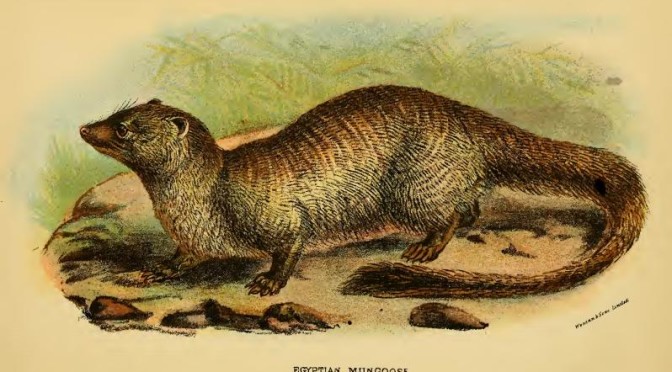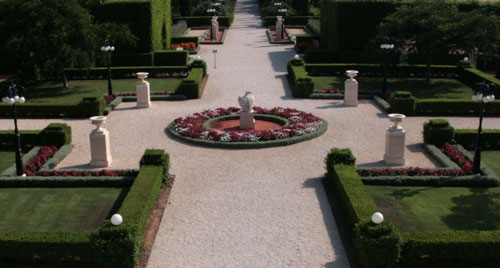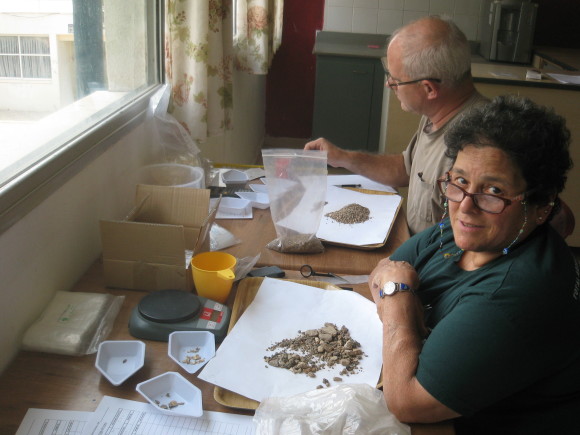Pottery, metal working, glass making and building all leave fairly large, tangible remains at an archaeological site. Sherds of ceramics, pieces of glass and slag, large stones, walls and floors all stand out when excavating. However, the remains of crop cultivation and the gathering of plants are not so easily seen, as only charred seeds and plant material remain and they are small and dispersed in the soil.
Archaeobotanists search through soil samples to find seeds and other vegetal remains. They use water to float the lighter material, including most seeds, to the top while the heavier portion sinks and is caught in a net. The lighter portion gets searched for seeds and charcoal and the heavy portion contains pottery, slag, iron hammer scales and the occasional bead or tiny sample of red ochre or ancient glass.



